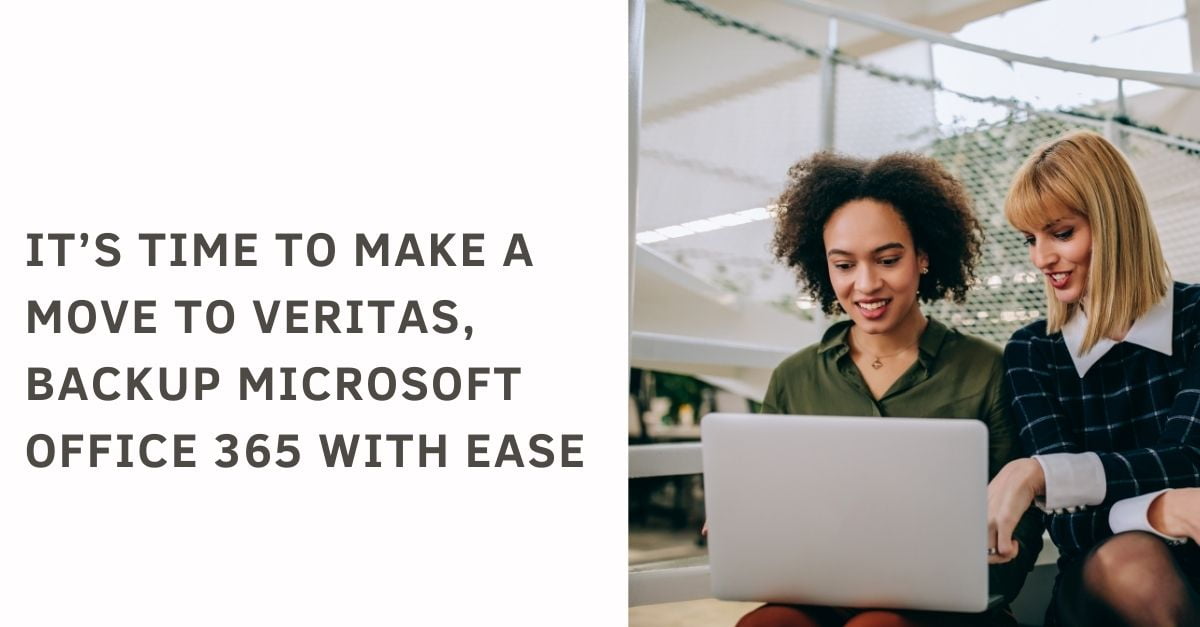Getting Too Compliant in the Cloud: Removing Common Compliance Obstacles
Compliance programs are created in response to perceived dangers or concerns to an industry or community. Typically, an industry authority (e.g., a government or an industry consortium) establishes regulatory standards to safeguard the industry’s target community. This is accomplished through the imposition of regulatory obligations on anyone delivering services in that industry to the target community. The regulatory body may then conduct periodic audits to see if the service provider still satisfies these criteria, referred to as compliance audits.

With the advent of cloud technology, there is an increasing number of sectors using it. This opens the door to all kinds of hazards. To reduce such risks, compliance procedures have been created. Compliance programs are assessed for their value because breaches and data loss tales are continually in the news.
That means, for those who aren’t too fond of cloud technology, compliance certification equates to security, right? The answer, though, is not quite as simple as you might expect.
The Value of Compliance
For enterprises who are just getting started with cloud technologies and those substantially invested in the cloud, the perceived advantage of compliance is that their data or their customers’ data may be better safeguarded in a compliance-certified environment. Compliance programs will do everything possible to convince you that this is true and. Formal standpoint, it’s easier to assert that deployments of applications and assets in cloud migration managed services that adhere to regulatory and compliance requirements are more likely to comply with the cloud migration services’ security best practices.
With compliance becoming more critical and extending beyond specific industries, the public view of its importance has shifted. When businesses are looking for cloud-based services, vendors that adhere to PCI (the Payment Card Industry standard), HIPAA (the United States government’s healthcare data protection standard), or SOC2 (the AICPA’s general technology auditing standard) are frequently perceived as providing greater value, even if the organization does not perceive a primary threat or risk to their data.
Some confirmed (audited) protection is better than none; therefore, this is likely a result of that concept. Further, companies are typically exposed to dangers caused by third-party vendors or suppliers when they go to the cloud. When you choose to work with a licensed supplier, you get some comfort.
How to ensure cloud compliance?
Implementing any compliance program in the cloud entails several processes, which are discussed below.
Step 1: Gaining Visibility of Assets
You can only safeguard what you are aware of having. With the cloud, virtualized resources, including microservices, are considered assets. As a result, all processes must be well sufficiently scalable. Asset monitoring and tracking could be more cost-effective for many firms when enabled by cloud migration systems integration, as operations should be structured to scale up or down as needed. Cloud operations automation offers asset inventory and configuration, as well as visibility.
Step 2: Opting for an ideal compliance framework
Compliance programs should be chosen following industry standards and market requirements. For firms with no regulatory standards, the customer base’s needs can lead to selection since the client may seek out suppliers who adhere to industry-specific standards. As the National Institute of Standards and Technology suggests, establishing common corporate standards may be an excellent place to start.
Step 3: Evaluation Including Exclusions and Customization
It is worthwhile to examine how others have developed solutions to comply with compliance frameworks to improve the effectiveness of any compliance program. For example, PCI standards advise that most protections should be applied to specific external network system components (rather than the full network or interconnected system). As a result, elements of the system are segmented and firewalled to limit the scope of following safety enabled by cloud migration systems integration to only those data and systems included in the scope.
Step 4: Continuous Assessment Monitoring, Frequency of Checks, and Integration with Workflow Tools
Most compliance programs are always designed to be operational, and as such, they must be monitored to ensure this. To make meeting these standards easier, many firms employ technologies to automate procedures, such as notification and ticketing, and to assure the efficiency of their controls. These solutions simplify the process of cloud migration consulting for enterprises, resulting in more visibility and control.
Step 5: Automated Remediation
Cloud-based systems are believed to be more complicated than their on-premises counterparts. There are numerous areas where organizations can automate cleanup, including security tasks like adding or removing users from a system and more complicated workflows like merging order processing with inter confirmations to ensure accuracy, privacy, and secrecy. To maximize value and efficiency, complex controls such as high-volume logs and threat monitoring and analysis are frequently automated rather than performed manually. However, caution should be exercised while using cloud migration-based hosting and their associated monitoring measures, particularly in circumstances where the likelihood of false positives is significant.
Even while cloud migration managed services have their benefits, it is vital to exercise caution and perform careful monitoring measures when using them in conjunction with cloud migration services because of the possibility of false positives.
What are the changes in the cloud, and how it changes compliance?
The growth of the cloud business has affected the effectiveness of compliance procedures. As early adopters characterized it, the cloud aimed to deliver compute resources to consumers via the internet. While accurate, in the modern era of cloud migration services from giants such as Amazon Web Services (AWS), Google Cloud Platform (GCP), and Microsoft Azure (Azure), this definition is inadequate.
These huge Cloud Service Providers (CSPs) now provide hundreds of differentiated services to resolve business and security concerns. All of these have had a substantial impact on virtually every industry. Some businesses may become overwhelmed by the possibilities as they begin to leverage cloud migration-based hosting and adhere to compliance program standards. Expert systems and automation software are increasingly important components of cloud security, governance, and compliance.
These huge Cloud Service Providers (CSPs) now provide hundreds of differentiated services to resolve business and security concerns. All of these have had a substantial impact on virtually every industry. Some businesses may become overwhelmed by the possibilities as they begin to leverage cloud migration-based hosting and adhere to compliance program standards. Expert systems and automation software are increasingly important components of cloud security, governance, and compliance.


